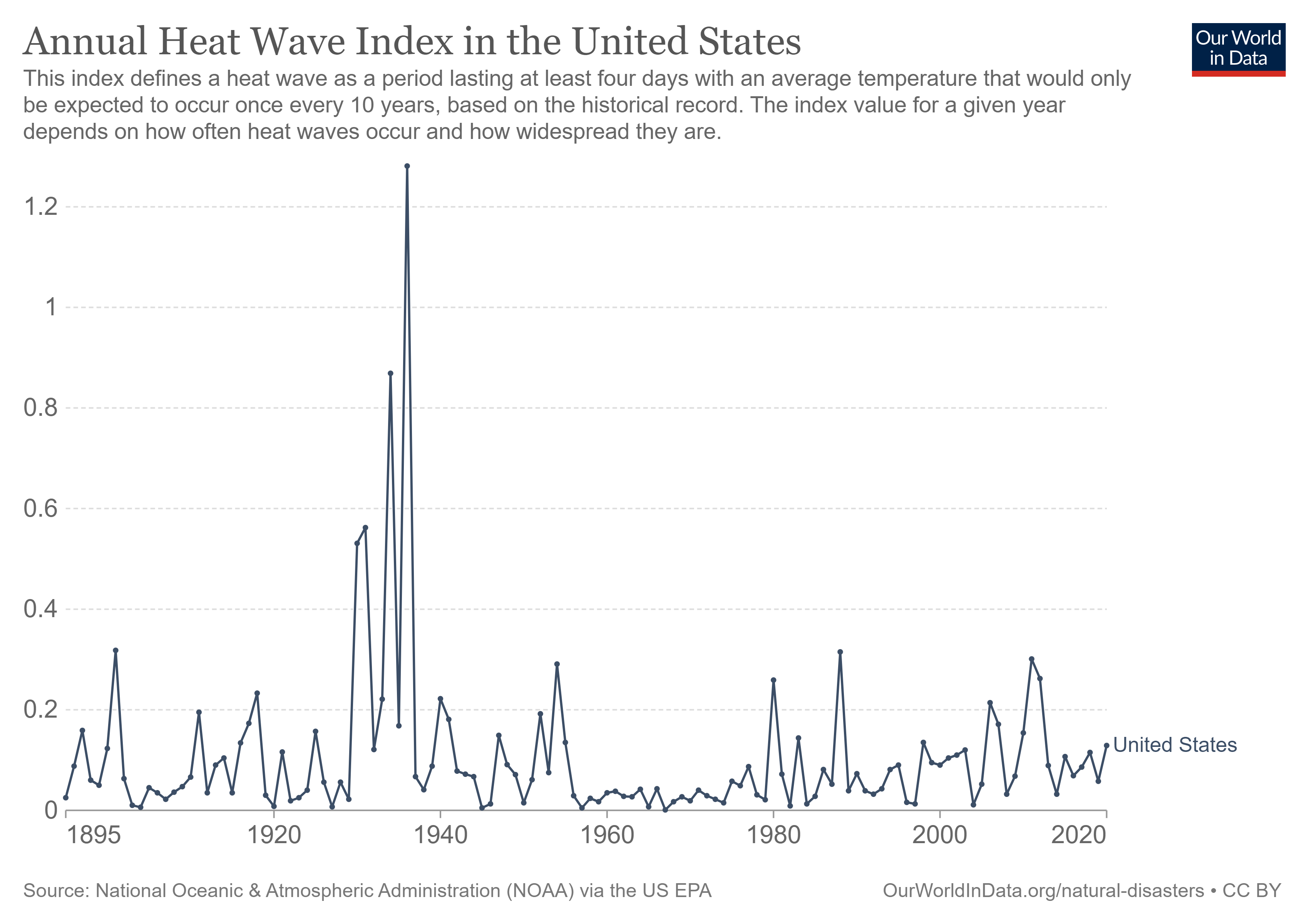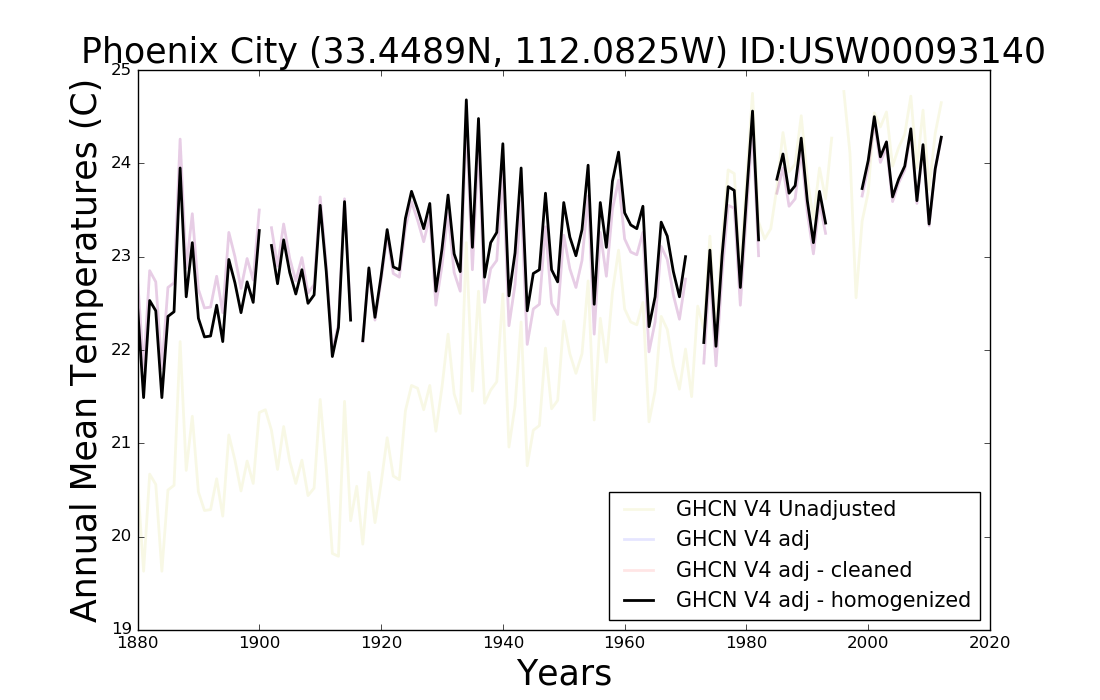The Daily Caller ran an article about the recent trend of local governments of major cities creating a new bureaucratic position called “heat officers” to specifically monitor hot weather-related emergencies and advise people how to stay cool. The positions are an unnecessary waste of limited local government resources. People can tell on their own when it’s hot by stepping outside or by checking the local weather report on their smart phones, televisions, or radios.
The Daily Caller’s article, “Democrat-Led Cities Are Responding to Heat Waves by Hiring Climate Bureaucrats,” describes new bureaucratic positions being created in Los Angeles, Miami, and Phoenix. City governments call this role the “chief heat officer.” The cities claim the position is necessary to “mitigate the effects of climate change and to protect the city’s low-income minority residents,” according to the Daily Caller.
It is important to note that the cities involved are specifically ones in parts of the United States historically well-known to be hot. Phoenix, Arizona, for example, is the hottest city in the country, according to the World Atlas, which notes that for almost half the year the temperature is regularly above 90 degrees Fahrenheit.
Data show that, contrary to alarmist claims, heat waves are not becoming more common or severe. The U.S. Environmental Protection Agency (EPA) and the National Climate Assessment report heat wave magnitude reached its peak in the United States in the 1930s, during the Dust Bowl era, and have regularly been higher than the temperatures the U.S. is presently experiencing. (See figure below)

Climate Realism has repeatedly debunked the claims of worsening heat waves and their supposed impacts, for example, here, here, and here, especially in the context of recent high temperatures in some parts of the world this summer.
Major cities, in hot and colder regions alike, suffer from the Urban Heat Island (UHI) effect. As populations grow so do impervious heat absorbing and reflecting surfaces, and artificial sources of heat. As meteorologist Anthony Watts explains in this Climate Realism post, here, “cities exacerbate heat wave weather events.” For instance, “the density of over a million people and their associated infrastructure has had a dramatic effect on temperature in Jacobabad [Pakistan] due to the increase in UHI over the last 30-40 years.”
There has also been a huge boom in population in Phoenix, Arizona. Temperature data for the city risen right along with population.

Data from World Population Review show Phoenix’s population has grown rapidly, in recent decades, from 100,000 in 1950 to 1.6 million people today. They came despite the hot weather, and the trend shows no sign of slowing.
Adding insult to absurdity, the Daily Caller reports that in “Phoenix, the chief heat officer is paid an hourly rate of $62.50, according to figures from the city’s open data, which translates to an approximate annual salary of $130,000.” Does anyone really believe people need a highly paid public advisor to tell them when it’s hot and warn them to avoid being outside if at all possible during extreme heat?
The money spent on the Phoenix heat officer’s salary would be better spent implementing measures that could help mitigate the urban heat island effect, like planting trees for shade, installing reflective awnings on public walkways, or some of the other methods recommended by the EPA.
The Daily Caller should be praised for bringing attention to this new pork barrel position. As a matter of good government and transparency, expensive local political positions should be everyone’s business. Residents of these cities may want to question why the responsibility of handling a weather problem that only occurs periodically in the summer months needs a six figure salary, and can’t be handled by other preexisting public works representatives.
Real-world data does shows that heat waves are not getting worse in the United States. Yet, hot weather is bound to occur in the summer. People dealt with extreme heat before there were such things heat officers, and they can do so now. Indeed, despite the lack of heat officers throughout history, deaths from non-optimal temperatures have declined dramatically across the last 100 years, even as the earth as modestly warmed. It may be a noble goal to help the poor handle dangerous weather conditions, it is unclear that a “heat officer,” is necessary to do so, or that such a position will even have much effect.

















More pointless, and more expensive, than my local council painting rainbows on the road in place of standard black-and-white pedestrian crossings. Local politics is going beyond its brief to keep the streets clean and empty the bins!